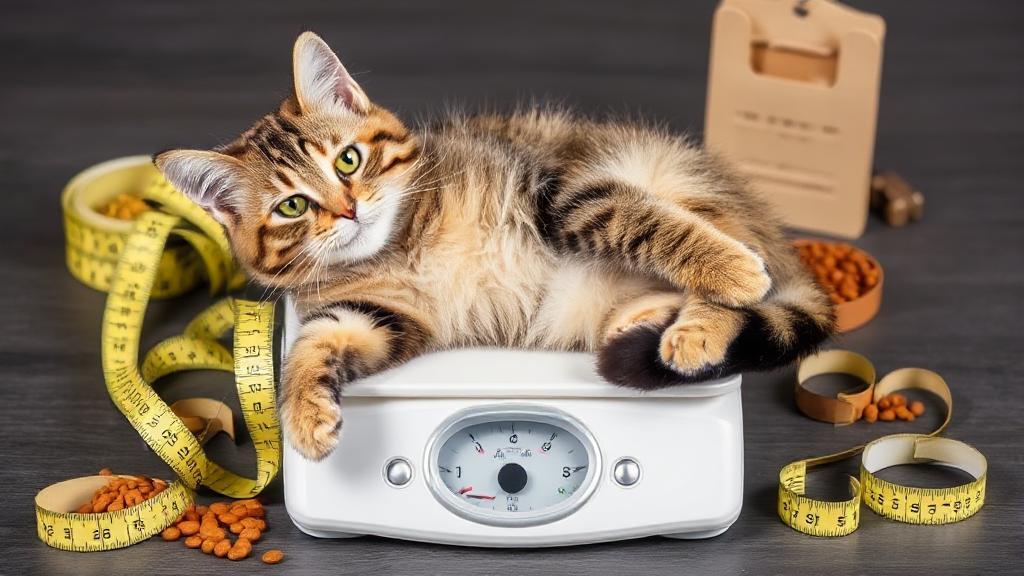Understanding Cat Size: An Overview
Cats come in a variety of shapes and sizes, and several factors influence how big or small your feline friend might become. Understanding these factors can help you manage expectations and ensure your pet's health and happiness.
Genetic Factors
Breed
The most significant predictor of a cat's size is its breed. Different breeds have distinct size ranges:
- Large Breeds: Maine Coons, Ragdolls, and Norwegian Forest Cats typically weigh 13-25 pounds
- Medium Breeds: Domestic Shorthairs and American Shorthairs usually range from 8-12 pounds
- Small Breeds: Singapuras and Munchkins rarely exceed 8 pounds
Gender
Male cats generally grow larger than females, with differences becoming apparent around 6-8 months of age. On average, males weigh 2-4 pounds more than females of the same breed.
Parental Size
Just like humans, the size of a cat's parents can be a good indicator of how large the cat will grow. If both parents are large, it's likely that their offspring will also be on the larger side.
Nutritional Factors
Diet Quality
A cat's diet plays a crucial role in its growth and development. High-quality, balanced nutrition is essential for healthy development.
Key nutritional factors include:
- Protein content
- Essential fatty acids
- Vitamins and minerals
- Portion control
"Proper nutrition during the first year of life sets the foundation for healthy growth and development." - American Veterinary Medical Association
Health and Medical Factors
Medical Conditions
Several health conditions can impact growth:
| Condition | Effect on Size |
|---|---|
| Hypothyroidism | May cause weight gain |
| Hyperthyroidism | Can lead to weight loss |
| Growth hormone deficiency | Results in smaller size |
Spaying and Neutering
The timing of spaying or neutering can affect your cat's ultimate size. Cats fixed before reaching sexual maturity often grow slightly larger than those altered later, due to delayed closure of growth plates.
Environmental Factors
Living Space
The environment in which a cat lives can impact its size. Cats that have ample space to roam and play are likely to develop stronger muscles and a healthier weight.
Stress Levels
Stress can affect a cat's eating habits and overall health. Providing a stable, stress-free environment is essential for a cat's well-being.
Age-Related Growth Patterns
Most cats reach their full size by:
- Height and length: 9-12 months
- Muscle mass: 18-24 months
- Final weight: 2-4 years (depending on breed)
Tips for Monitoring Growth
- Schedule regular veterinary check-ups
- Monitor weight gain patterns
- Provide appropriate exercise opportunities
- Use breed-specific growth charts
- Track your cat's length and girth
For more detailed information, visit the Cornell Feline Health Center, The Cat Fanciers' Association, or explore resources on cat nutrition from the ASPCA.
